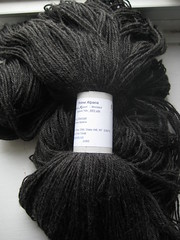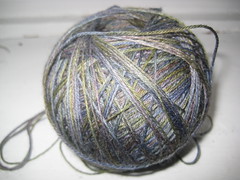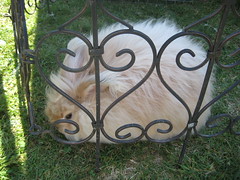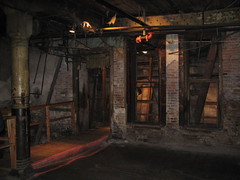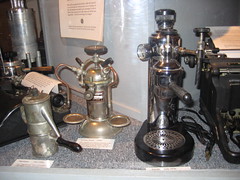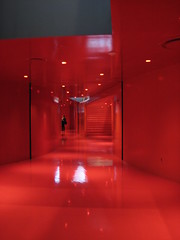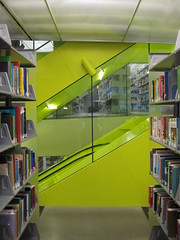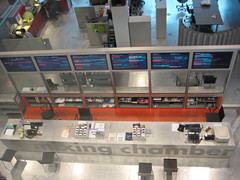I’d had Thomas Hardy’s poem “A House with a History” on my mind for a while (see my post from a couple of weeks ago) when I ran across Wallace Stevens’ “A Postcard from the Volcano,” which, for some reason, I’d never read before. In one of those odd moments of literary synchrony, I found that each of them reminds me of the other. I don’t think Stevens was consciously alluding to Hardy, but both poems seem to share the same preoccupation with what remains, if anything does, of a person’s consciousness after they depart or die, and how that consciousness attaches itself to places, and houses in particular. One might call this haunting, except Hardy’s poem is more about a kind of failure of haunting, about the new inhabitants’ inability to recognize the traces of memory connected with the house. The children in Stevens’ poem perceive something, at least, even if they can’t perceive “what we felt / At what we saw.”
Here’s Hardy:
A House with a History
There is a house in a city street
Some past ones made their own;
Its floors were criss-crossed by their feet,
And their babblings beat
From ceiling to white hearth-stone.And who are peopling its parlours now?
Who talk across its floor?
Mere freshlings are they, blank of brow,
Who read not how
Its prime had passed beforeTheir raw equipments, scenes, and says
Afflicted its memoried face,
That had seen every larger phase
Of human ways
Before these filled the place.To them that house’s tale is theirs,
No former voices call
Aloud therein. Its aspect bears
Their joys and cares
Alone, from wall to wall.(from Late Lyrics and Earlier)
And here’s Stevens:
Children picking up our bones
Will never know that these were once
As quick as foxes on the hill;And that in autumn, when the grapes
Made sharp air sharper by their smell
These had a being, breathing frost;And least will guess that with our bones
We left much more, left what still is
The look of things, left what we feltAt what we saw. The spring clouds blow
Above the shuttered mansion house,
Beyond our gate and the windy skyCries out a literate despair.
We knew for long the mansion’s look
And what we said of it becameA part of what it is … Children,
Still weaving budded aureoles,
Will speak our speech and never know,Will say of the mansion that it seems
As if he that lived there left behind
A spirit storming in blank walls,A dirty house in a gutted world,
A tatter of shadows peaked to white,
Smeared with the gold of the opulent sun.(from Ideas of Order)
Try as I might, I can’t think of other poems that dwell on houses, haunting, and memory in quite this way, though I’m sure there must be some. I thought of Walter de la Mare, but a quick scan through the only book of de la Mare’s poems I own—Peacock Pie, in a Faber & Faber edition given to me when I was very young—didn’t turn up anything quite in the same vein, though “The Old Stone House” comes close.
Reader, are there other poems out there that play with the haunted-house motif?

